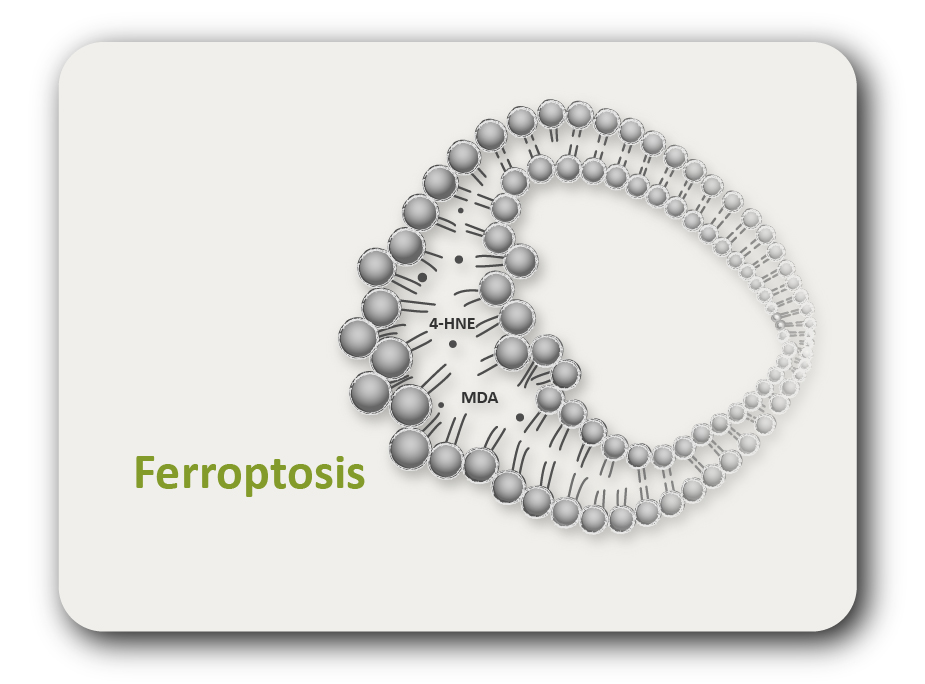ARG45548
anti-TLR6 antibody
anti-TLR6 antibody for Flow cytometry,Western blot and Mouse,Rat
Overview
| Product Description | Rabbit Polyclonal antibody recognizes TLR6 |
|---|---|
| Tested Reactivity | Ms, Rat |
| Tested Application | FACS, WB |
| Host | Rabbit |
| Clonality | Polyclonal |
| Isotype | IgG |
| Target Name | TLR6 |
| Antigen Species | Mouse |
| Immunogen | Recombinant protein containing to mouse TLR6. |
| Conjugation | Un-conjugated |
| Alternate Names | TLR6; Toll-like receptor (TLR); CD286; toll-like receptor 6; TLR6 |
Application Instructions
| Application Suggestion |
|
||||||
|---|---|---|---|---|---|---|---|
| Application Note | * The dilutions indicate recommended starting dilutions and the optimal dilutions or concentrations should be determined by the scientist. | ||||||
| Observed Size | 100 kDa |
Properties
| Form | Liquid |
|---|---|
| Purification | Affinity purified |
| Buffer | 0.2% Na2HPO4, 0.9% NaCl and 4% Trehalose. |
| Stabilizer | 4% Trehalose |
| Concentration | 0.5 mg/ml |
| Storage Instruction | For continuous use, store undiluted antibody at 2-8°C for up to a week. For long-term storage, aliquot and store at -20°C or below. Storage in frost free freezers is not recommended. Avoid repeated freeze/thaw cycles. Suggest spin the vial prior to opening. The antibody solution should be gently mixed before use. |
| Note | For laboratory research only, not for drug, diagnostic or other use. |
Bioinformation
| Gene Symbol | TLR6 |
|---|---|
| Gene Full Name | Toll-like receptor (TLR) |
| Background | The protein encoded by this gene is a member of the Toll-like receptor (TLR) family which plays a fundamental role in pathogen recognition and activation of innate immunity. TLRs are highly conserved from Drosophila to humans and share structural and functional similarities. They recognize pathogen-associated molecular patterns (PAMPs) that are expressed on infectious agents, and mediate the production of cytokines necessary for the development of effective immunity. The various TLRs exhibit different patterns of expression. This receptor functionally interacts with toll-like receptor 2 to mediate cellular response to bacterial lipoproteins. A Ser249Pro polymorphism in the extracellular domain of the encoded protein may be associated with an increased of asthma is some populations.[provided by RefSeq, Jan 2011] |
| Function | Participates in the innate immune response to Gram-positive bacteria and fungi. Specifically recognizes diacylated and, to a lesser extent, triacylated lipopeptides. In response to diacylated lipopeptides, forms the activation cluster TLR2:TLR6:CD14:CD36, this cluster triggers signaling from the cell surface and subsequently is targeted to the Golgi in a lipid-raft dependent pathway. [UniProt] |
| Cellular Localization | Cell membrane. Cytoplasmic vesicle, phagosome membrane, Membrane raft, Golgi apparatus [UniProt]. [UniProt] |
| Calculated MW | 91 kDa |
| PTM | Disulfide bond; Glycoprotein. [UniProt] |
Images (3) Click the Picture to Zoom In
-
ARG45548 anti-TLR6 antibody FACS image
Flow Cytometry: HEPA1-6 stained with ARG45548 anti-TLR6 antibody at 1 µg/10^6 cells dilution.
-
ARG45548 anti-TLR6 antibody WB image
Western blot: Rat brain stained with ARG45548 anti-TLR6 antibody at 0.5 μg/ml dilution.
-
ARG45548 anti-TLR6 antibody WB image
Western blot: Mouse brain stained with ARG45548 anti-TLR6 antibody at 0.5 μg/ml dilution.





